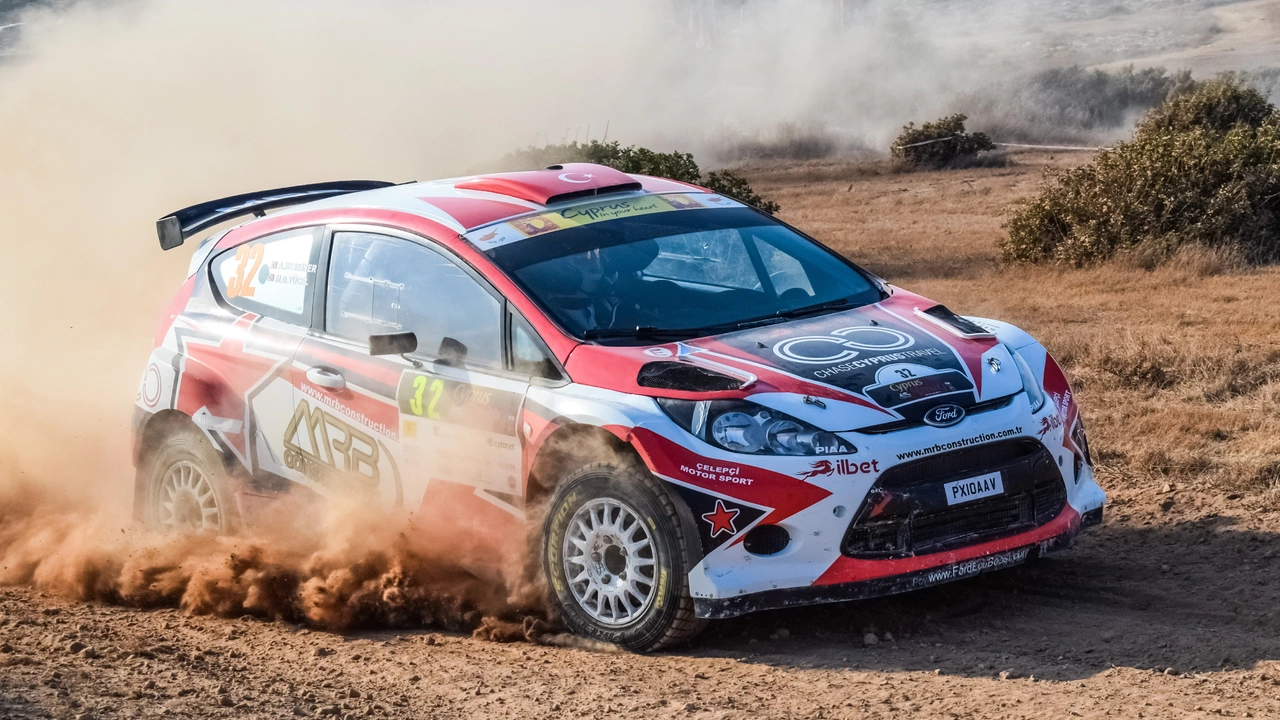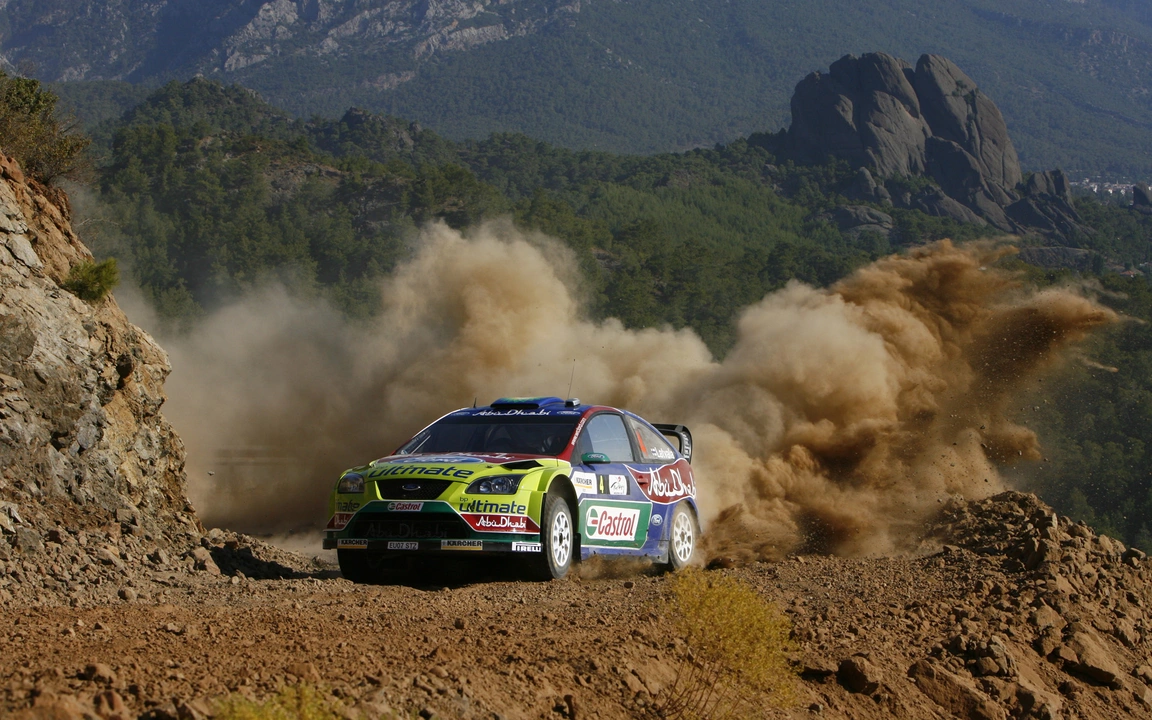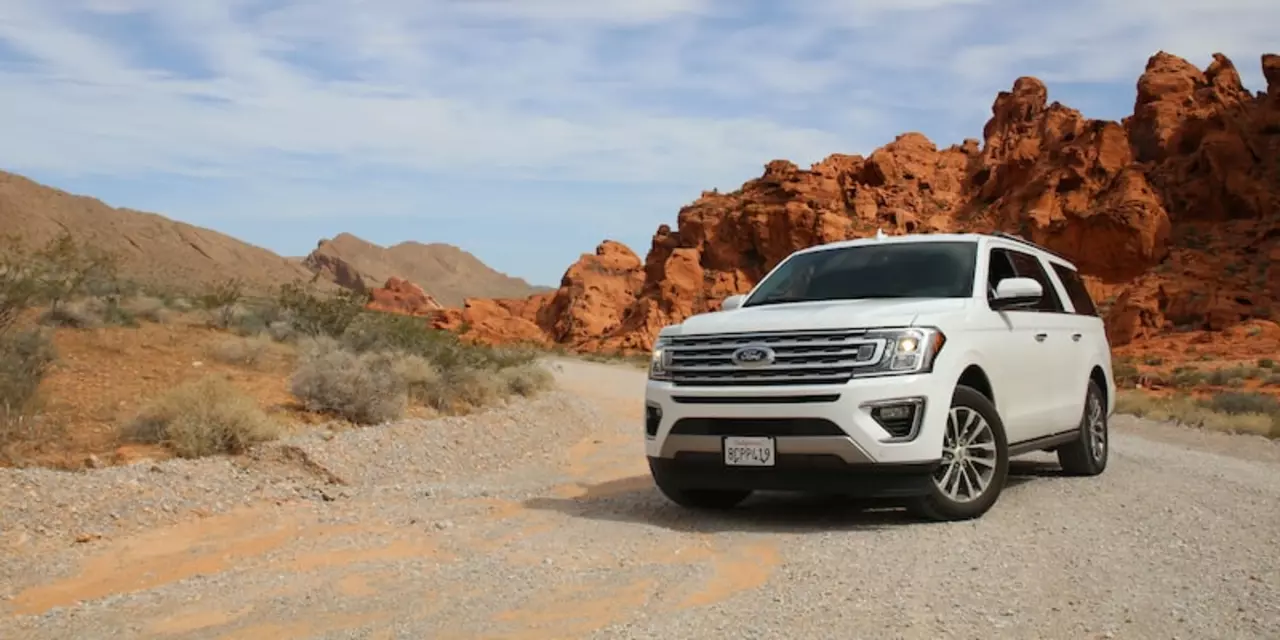Rally Cars – What Makes Them Tick
If you’ve ever watched a rally on TV, you know the cars roar, slide, and seem to jump from surface to surface in a heartbeat. But what’s really under the hood? Let’s break down the bits that turn a regular road car into a rally beast.
Gearbox and Drivetrain
Most rally drivers swear by a sequential gearbox. Unlike a normal H‑pattern, you push the lever forward or pull it back and the next gear pops in automatically. No skipping, no hunting for the right slot – it’s fast, slick, and perfect for the split‑second shifts on dirt or gravel.
When it comes to drive type, front‑wheel‑drive (FWD) often gets a bad rap, but it can actually shine on icy or snow‑covered stages. The front wheels pull the car and give a predictable feel, which many drivers use to their advantage. However, many top‑level teams opt for all‑wheel‑drive (AWD) because it spreads power to both ends, giving better grip on loose surfaces.
Performance and Sound
Rally cars can hit about 100 mph on tarmac and push past 120 mph on gravel, depending on the model and driver skill. Those speed bursts come from lightweight chassis, tuned suspension, and turbocharged engines that bite hard when you floor the throttle.
Ever notice that rally cars sound almost identical? That’s no accident. The FIA sets strict rules on engine displacement, exhaust design, and even the octave range of the sound. Keeping the roar within a set band makes it easier for spectators to spot a car and adds a consistent thrill to every stage.
Drifting isn’t just for show – it’s a way to keep the car balanced through tight corners. By shifting weight to the front wheels and using throttle control, drivers can slide around bends while still maintaining forward momentum. It’s a dance of physics that lets them stay fast on low‑grip surfaces.
Rally isn’t a solo sport. Every car carries a driver and a co‑driver (or navigator). The driver focuses on steering and pedals, while the co‑driver reads pace notes, warns about upcoming turns, and updates on surface changes. This teamwork lets them tackle stages that change from asphalt to mud in minutes.
How does rally differ from rallycross? Rally is a long‑distance, multi‑stage event on public roads, often over several days. Rallycross, on the other hand, is a short, intense sprint on a closed circuit that mixes dirt and tarmac. The cars in rallycross are usually more heavily modified for outright power, while rally cars stay closer to road‑legal specs.
Getting into rally driving isn’t cheap – you’ll need a suitable car, safety gear, entry fees, and travel costs. But many clubs offer loaner cars or entry‑level classes that let you learn the ropes without breaking the bank.
Bottom line: rally cars blend raw power, clever engineering, and driver skill to survive the toughest roads. Whether you’re curious about the gearbox, the sound, or why two people are in the cockpit, the fundamentals are simple – a fast car, a brave driver, and a clear set of notes to guide them through the chaos.
How fast do rally cars go in MPH?
In the thrilling world of rally racing, speed is king. Rally cars can typically reach speeds of up to 120-130 MPH on straight sections of the course, depending on the car and conditions. However, it's important to note, much of rally racing involves navigating tight turns and rough terrain, where precision and control often trump outright speed. So, while these vehicles may not match the top speeds of their track racing counterparts, the skill and agility required in rally racing make it an adrenaline-packed spectacle. After all, it's not just about how fast you go, but how well you can handle the ride.
Read MoreWhy do rally cars drift around corners?
As a rally car enthusiast, I've always been fascinated by the way these cars drift around corners. From my understanding, there are a few key reasons behind this thrilling technique. Firstly, drifting allows drivers to maintain speed while navigating tight turns, thus reducing the time taken to complete the course. Additionally, the ability to control the car's weight transfer during a drift helps maintain traction, which is crucial for unpredictable terrains. Overall, drifting is not only a visually impressive skill, but also a practical and necessary driving technique for rally car racers.
Read MoreWhat are those long sticks in rally cars?
Rally cars use long sticks, also known as handbrakes or parking brakes, to help them maintain control in the corners and on slippery surfaces. The handbrakes are connected to the rear brakes of the vehicle and are operated by the driver. The handbrake allows the driver to maintain control while the car is cornering, while also allowing the car to be held in place when stopped. The handbrake can also be used to help the car maintain stability on slippery surfaces. By pulling the handbrake, the driver can apply the brakes to the rear wheels, helping the car to maintain grip and traction. The handbrake is a crucial part of a rally car and is essential for the driver to be able to navigate the track safely.
Read More



